Xi’an, China—The Historic Capital, Terracotta Army, and Sacred Mount Huashan

Xi’an [Si-an] (西安 – originally Chang’an) is one of the oldest cities in China, the residence of the Tang Dynasty emperors, and the starting point of the Silk Road. The historic city center is a blend of three cultures, dividing the city into parts influenced by Taoist, Buddhist, and Muslim cultures. Each culture has its shrines, street architecture styles, and traditional foods.
The city center is surrounded by a geometrically precise defensive wall with a moat, featuring four gates in the four cardinal directions. You can circle the historic center along the walls but prepare for a route that is approximately 14km long.
If you want to explore all the landmarks in one day, I recommend arranging a local tour and telling them what you want to see. You can move between landmarks by taxi or metro, but you’ll need an excellent sense of direction and a good map to navigate the narrow alleys.

I recommend visiting each part of the city to gain a better understanding of the cultural differences.
The Muslim quarter, inhabited by generations of the Hui people, is full of diversity and flavors. Several mosques, including the oldest mosque in Xi’an, can be found in the surrounding alleys. The Great Mosque (大真情寺) is the oldest and has an intriguing appearance that reflects traditional Chinese culture. The nearby Drum Tower (鼓楼) is also worth a visit. Lamb bread soaked in lamb soup, known as Yangrou Paomo (羊肉泡馍), is the “best dish in the Shaanxi province.”

Read the previous articles from our series on China: China: A Country of Many Faces and China: Beijing and the Great Wall.
The Temple of the Eight Immortals (勅建万寿八仙宫), a Taoist shrine that is gradually disappearing behind skyscraper developments, is to the east of the city walls. If you time your visit right, you can experience a unique performance of monks performing Taoist songs. Occasionally, you can see groups practicing Tai Chi.
To the south, there is the 64-meter-high Wild Goose Pagoda (大雁塔), a reminder of the first traces of Buddhism in China. An interesting feature of the pagoda is its square-shaped foundation. The original structure had five floors. After repairs needed due to an earthquake during the Ming Dynasty, two more floors were added. There are statues and ancient scrolls on each floor, with the last floor featuring Buddha’s footprint. Scrolls of the monk Xuanzang 玄奘, known as the Monkey King, were also stored here.
The Terracotta Army
As part of your visit to Xi’an, you should explore the nearby Terracotta Army (兵馬俑).
According to historical surveys, an army of over 8,000 terracotta warriors from around 220 BC is buried underground. The tomb of the First Emperor covers almost 100 square kilometers and is surrounded by mystery.
The colorful clay statues of the warriors were originally made to be larger than life. Their weapons were real, made of wood and bronze, and no two statues had the same face.
Sacred Mount Huashan (华山)
After exploring the landmarks, head to the mountains. One of the five major Taoist sacred mountains is located in the beautiful granite mountains. The highest peak is 2154 meters, which you can nearly reach by cable car. For a more interesting path, take the cable car to the north peak at 1600 meters and then hike to the main peak.
If you have enough time and strength, it’s highly recommended to take the traditional route, starting from the temple in the valley. There is a large stone statue of Chen Tuan lying down, and the roots of the “Water Box” Liuhebafa probably reach this temple. First, walk about five kilometers along an ascending paved stone path until you reach the starting point. Then, the path continues with stairs and a chain railing carved into the rock.
Reaching the highest peak can be done in about six hours, and if you diligently count each step, you’ll climb over ten thousand stairs. Due to tourist demand, new modern stairs have been built in the vicinity. The traditional ones have their charm, but you need to be careful.
It’s a good idea to plan ahead and leave any unessential items in your hotel at the bottom of the mountain and only go to the summit with lighter equipment. Don’t expect anything luxurious from these hotels. Most rooms don’t even have a window, and you may feel like you are living in what used to be servant’s quarters.
In the morning, you can head out to greet the sunrise at the eastern peak. Since it’s a sacred mountain, many people will have the same idea. I preferred climbing up to the western peak for the second time and watching the sunrise from there.
Huashan translates to “Flower Mountain.” The mountain has five separate peaks that form a flower shape. It’s worth exploring all its peaks. If you love a good adrenaline rush, you can climb down the southern peak using a wooden bridge attached to the rock. You’ll have a unique experience if you can endure the queue and are not afraid of heights.
We chose the less-visited iron trail to the eastern altar. We were alone and could enjoy a moment of peace without people. For safety reasons, you’ll be given a chest harness and a carabiner, but if you’ve ever tried rock climbing, you’ll handle the trail with ease.
The mountain itself is beautiful, has a unique charm, and radiates tranquility. When the weather is clear, there’s a beautiful view of the surrounding scenery, and sunrise and sunset are unforgettable experiences. I recommend taking the cable car down; I walked down twice, and each time my feet hurt the next day. This is because the entire path down is stairs and then a hard rocky road, making it a challenge for your already tired feet. The way up was much less tiring than the way down.
We are back down at the hotel, ready to enjoy a meal, and set off for our next adventure.
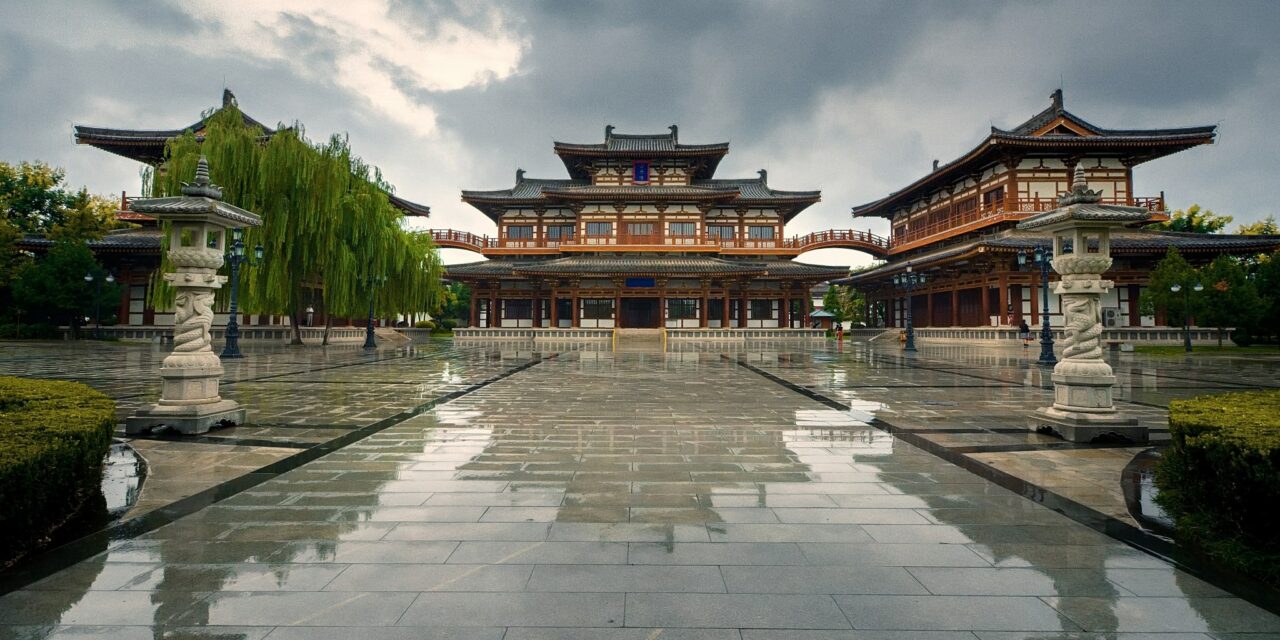

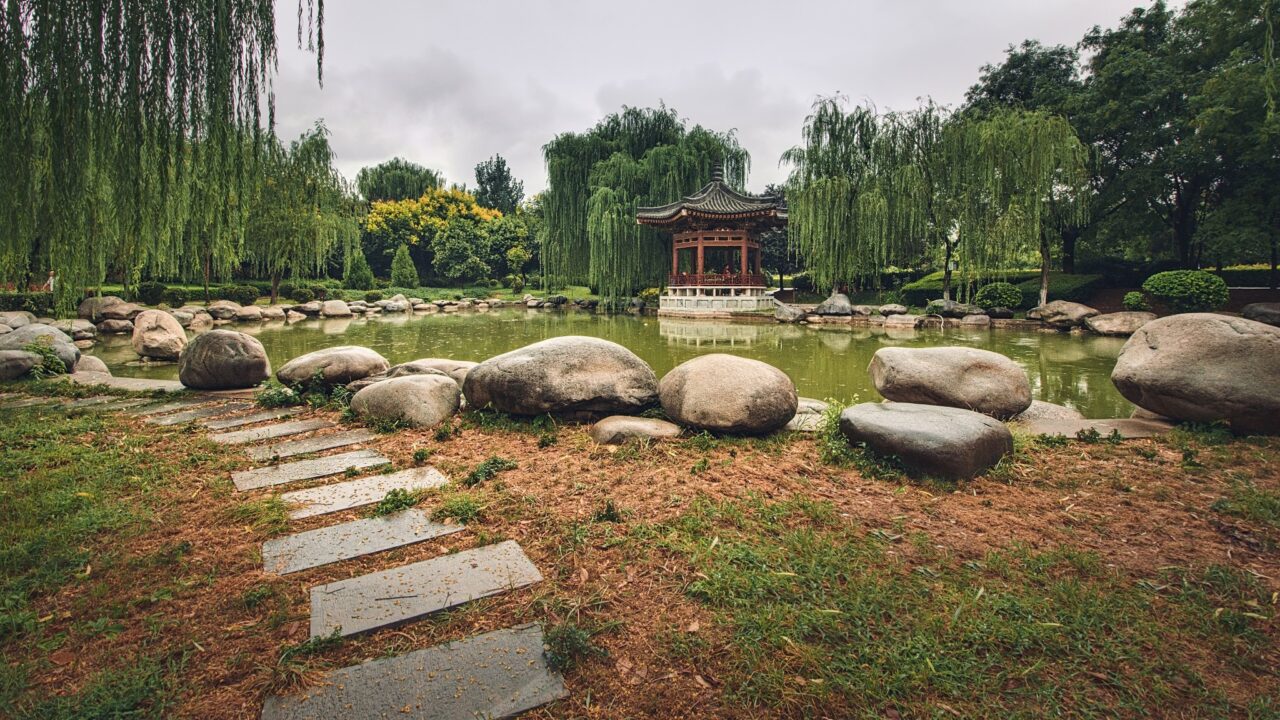
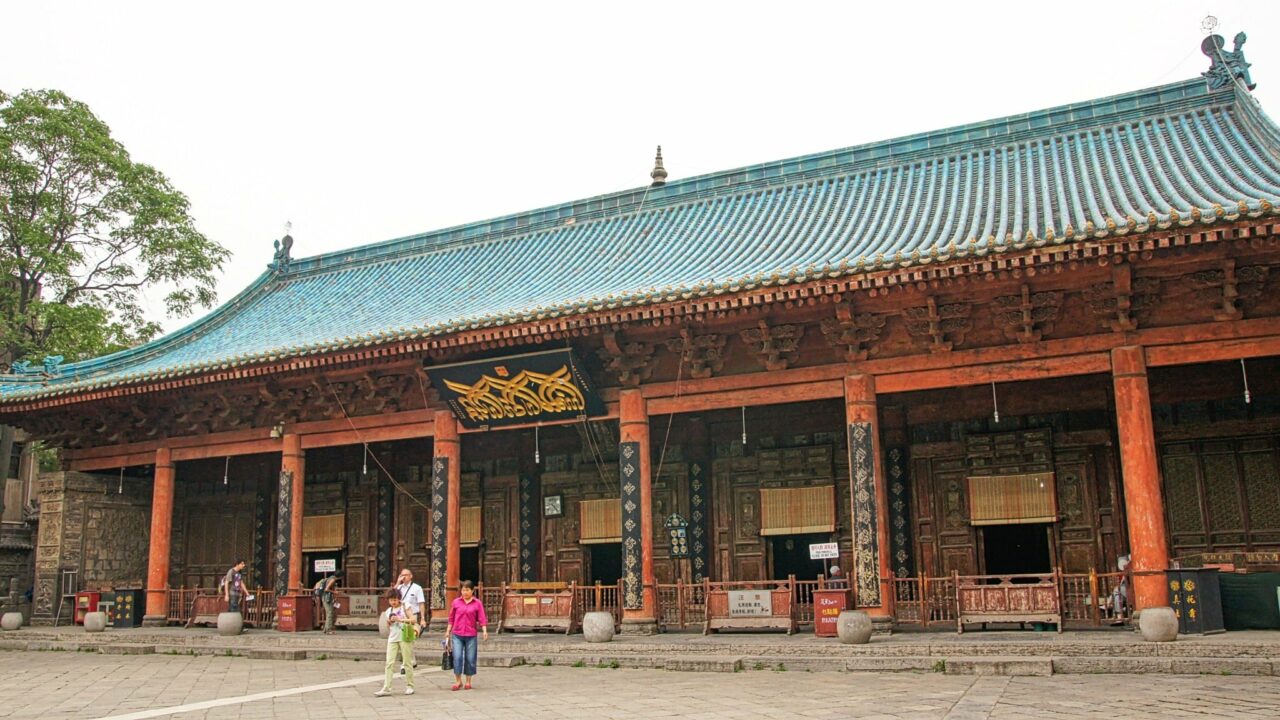
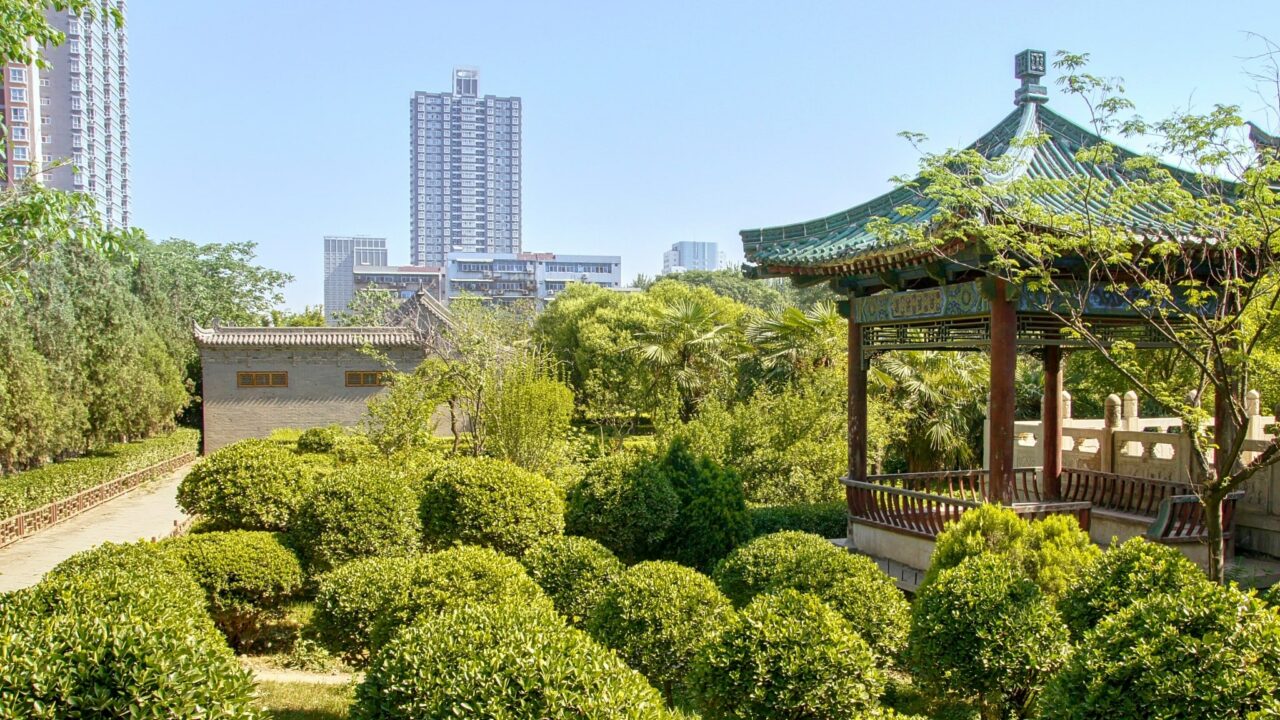
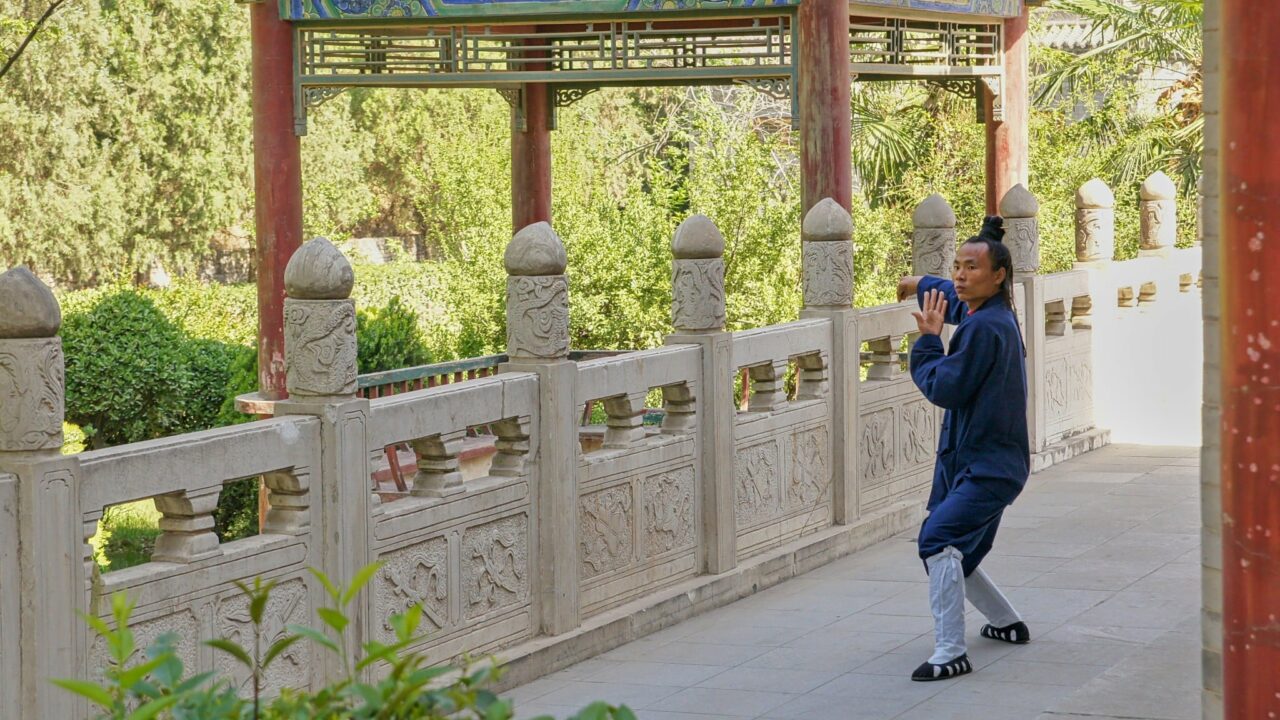
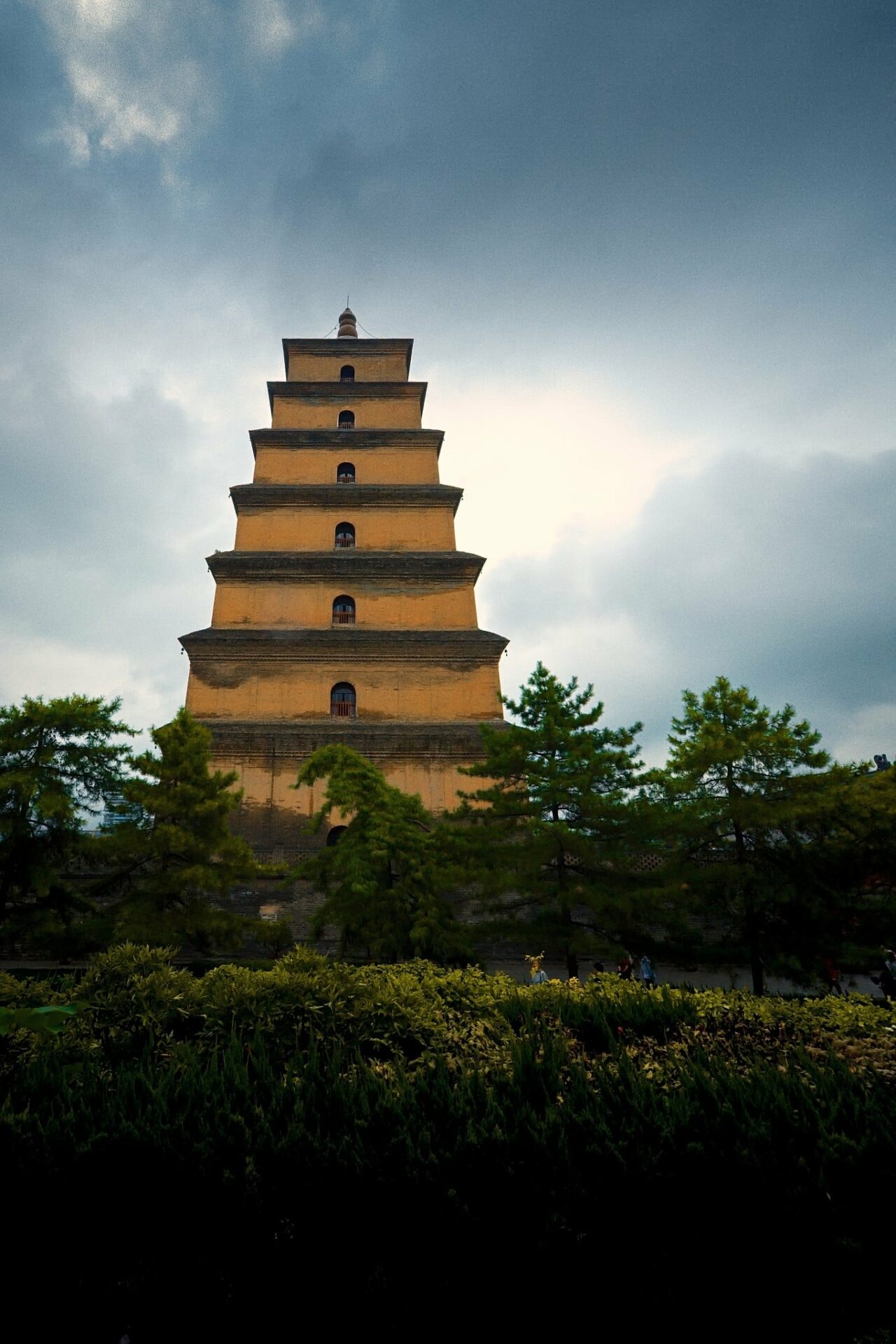
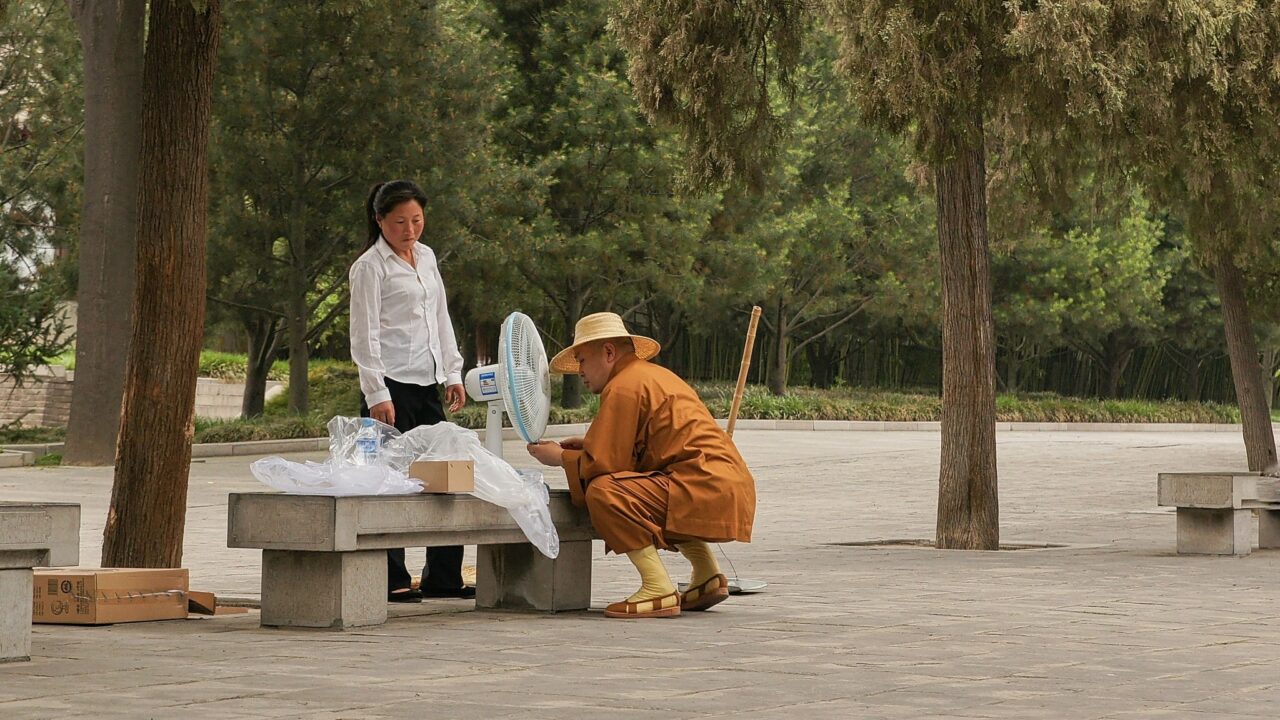
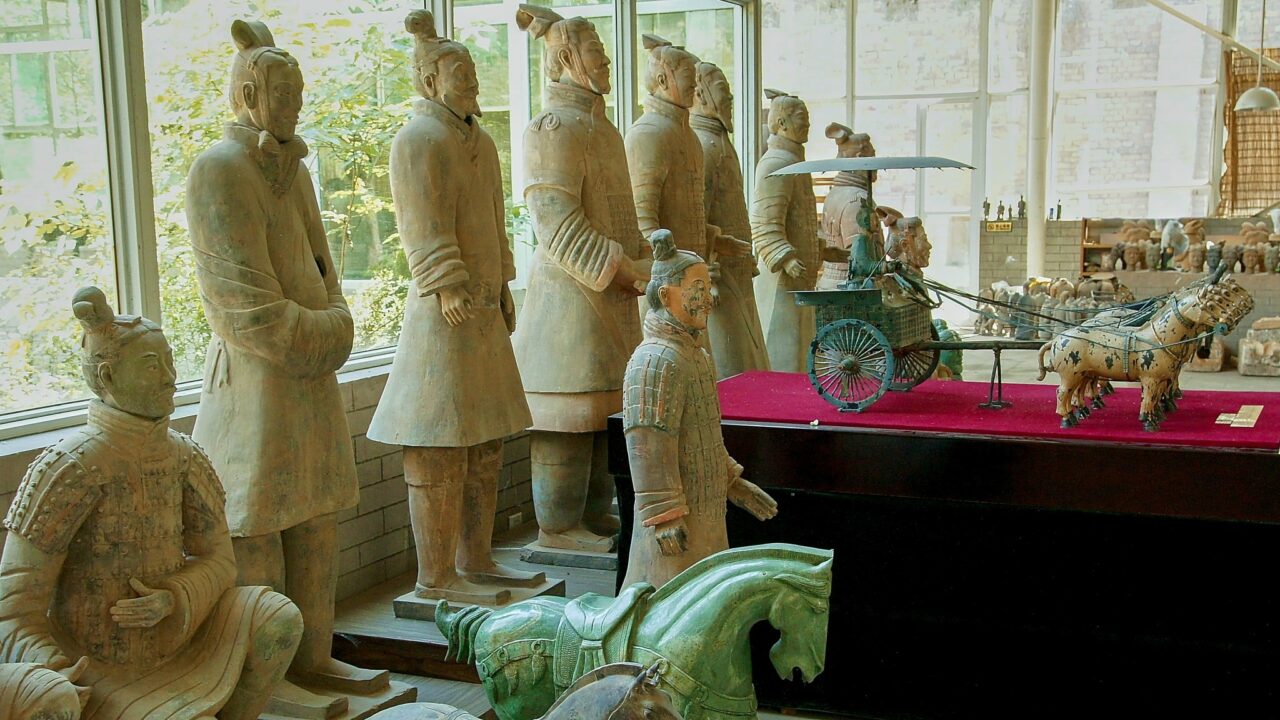
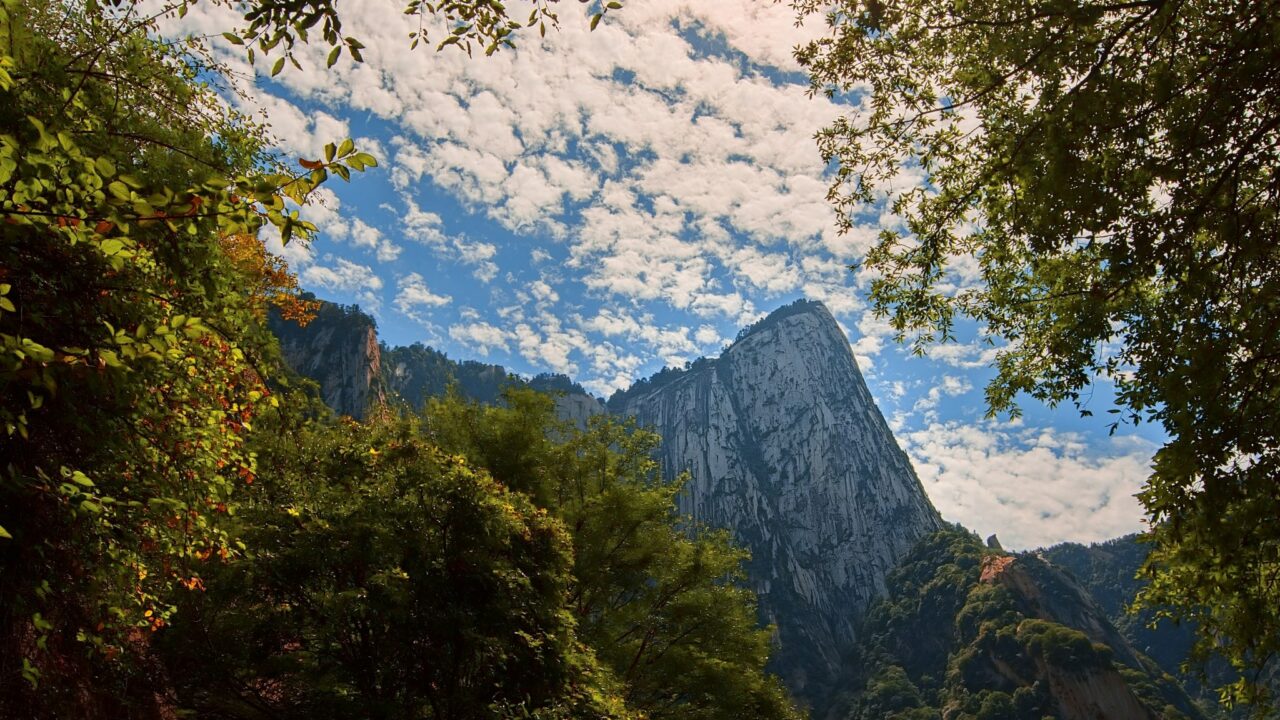
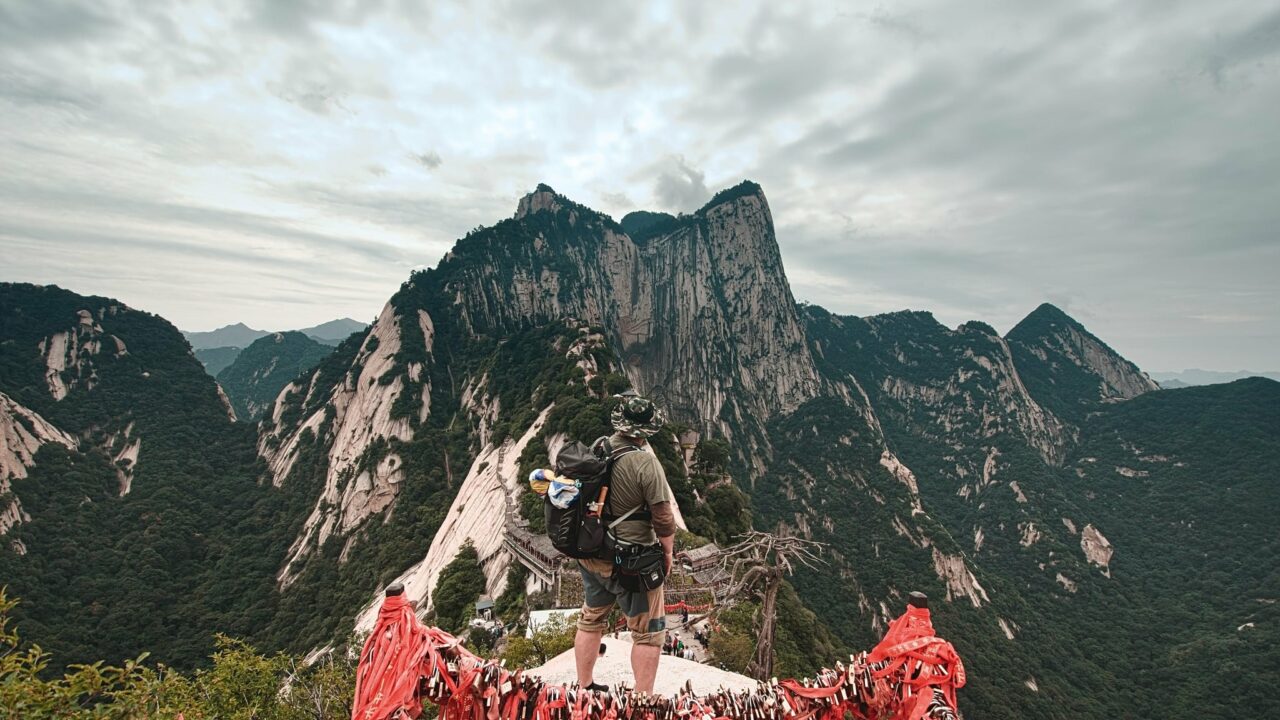

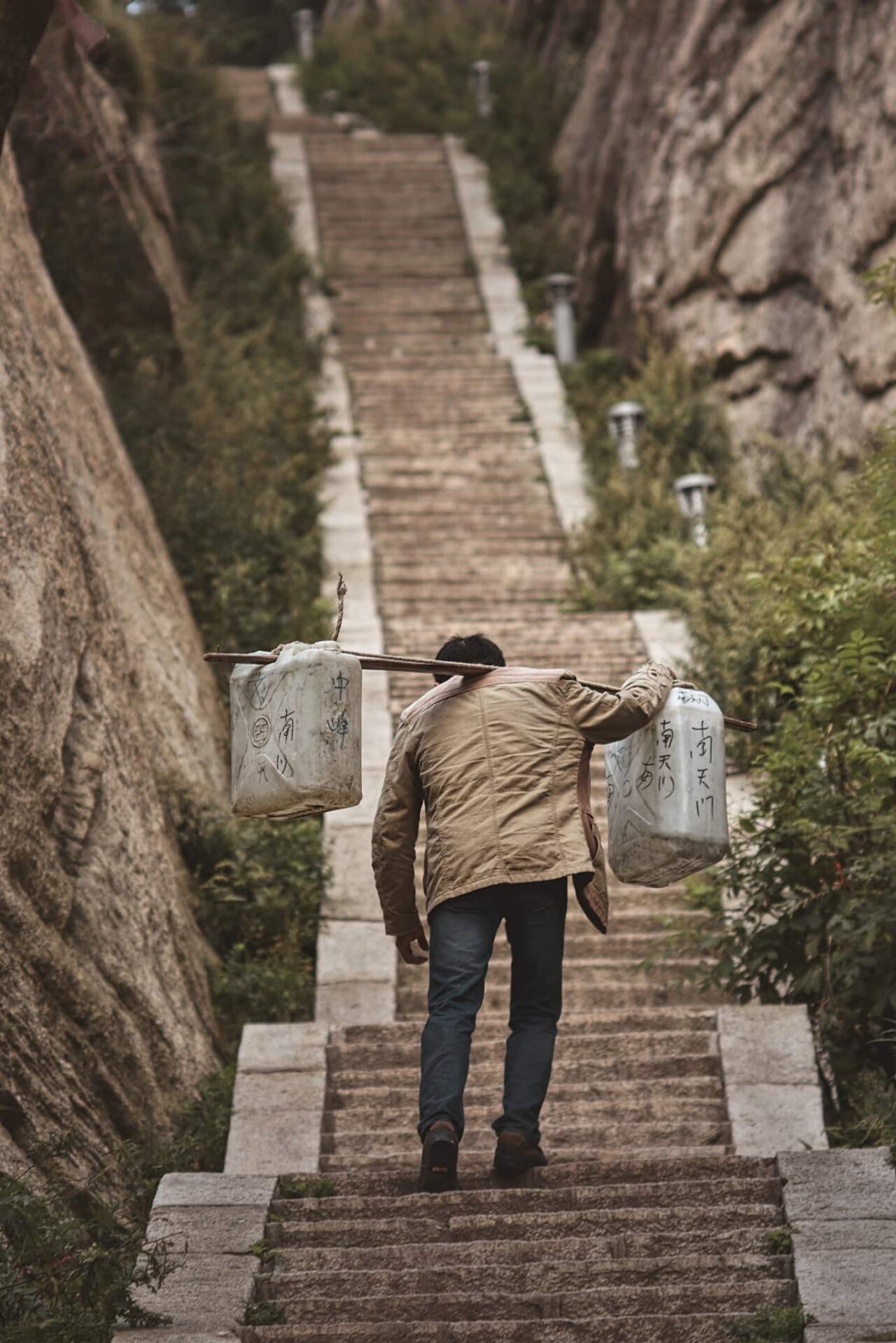
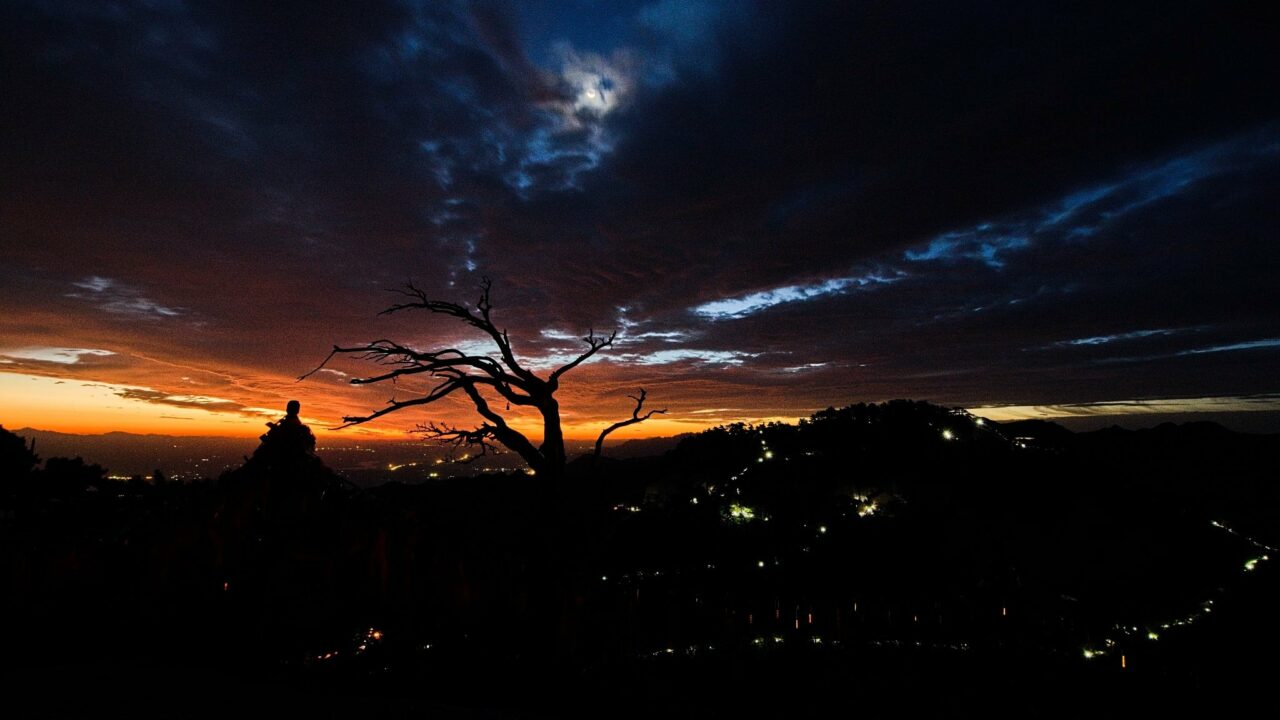
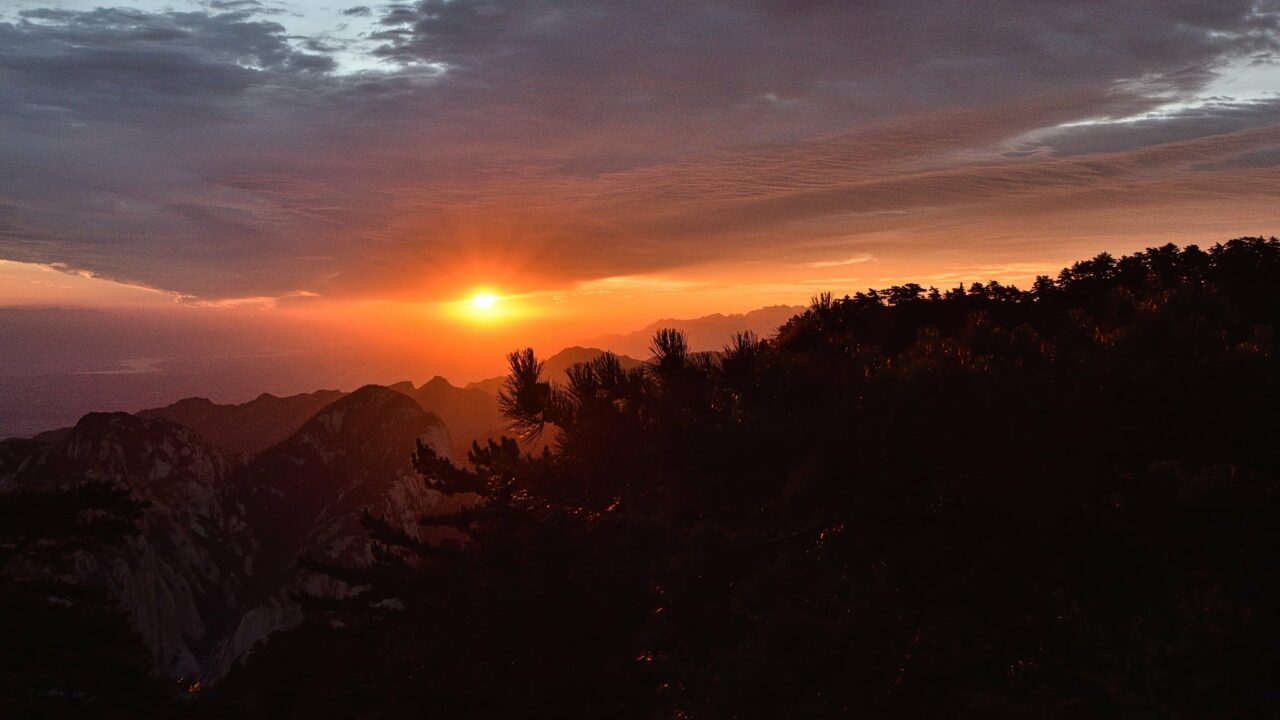
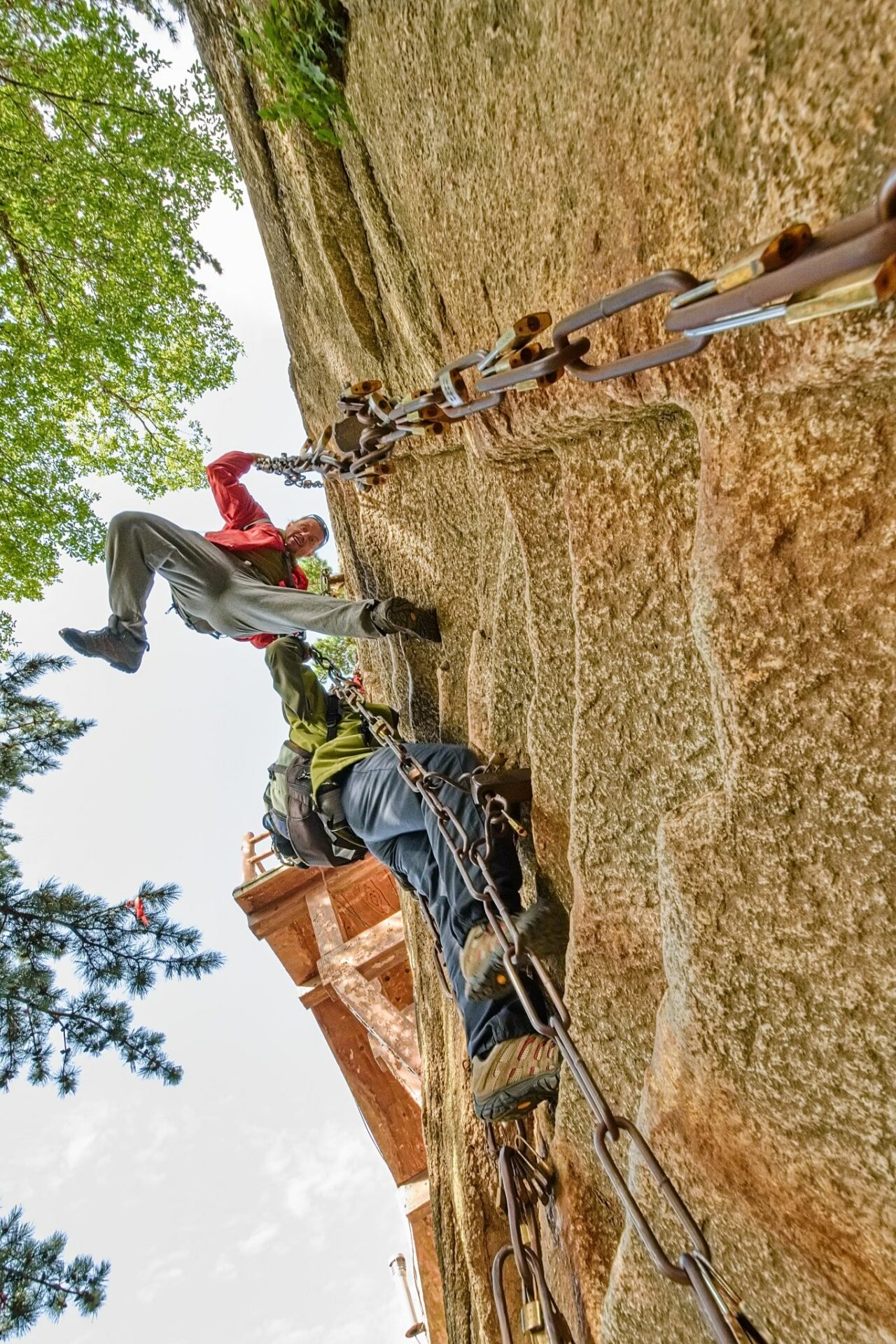

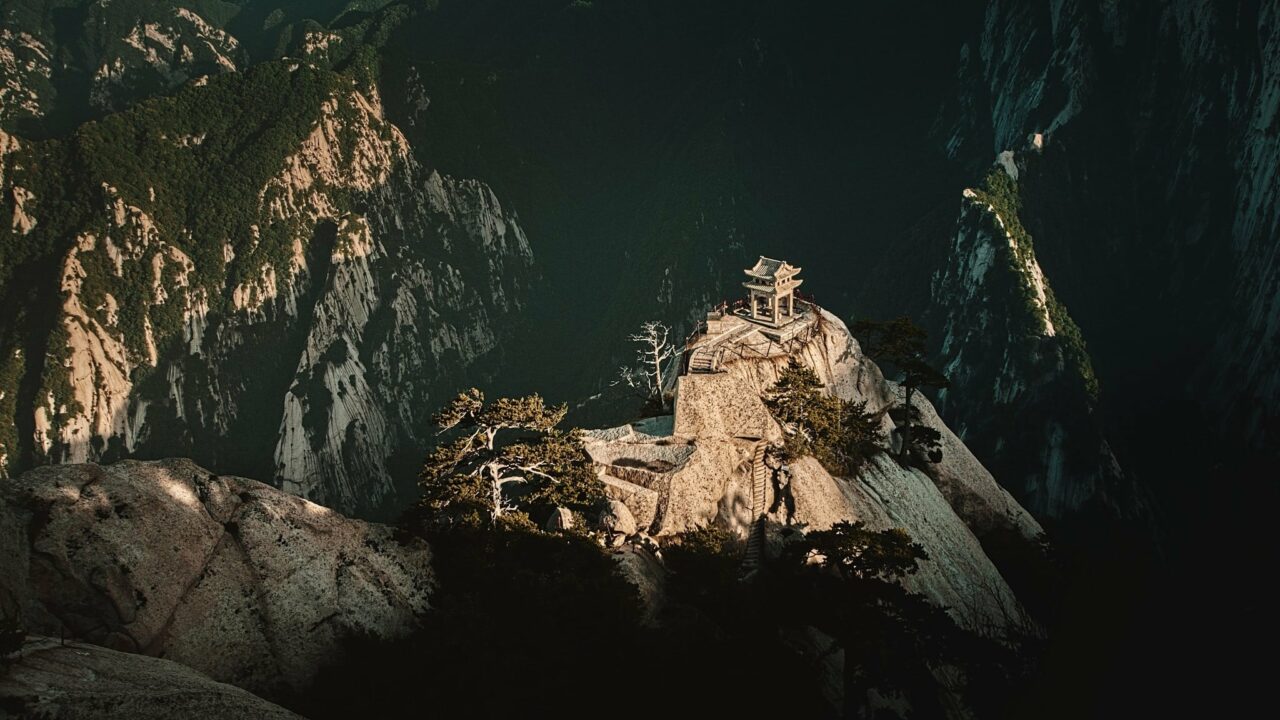

There are no comments yet.